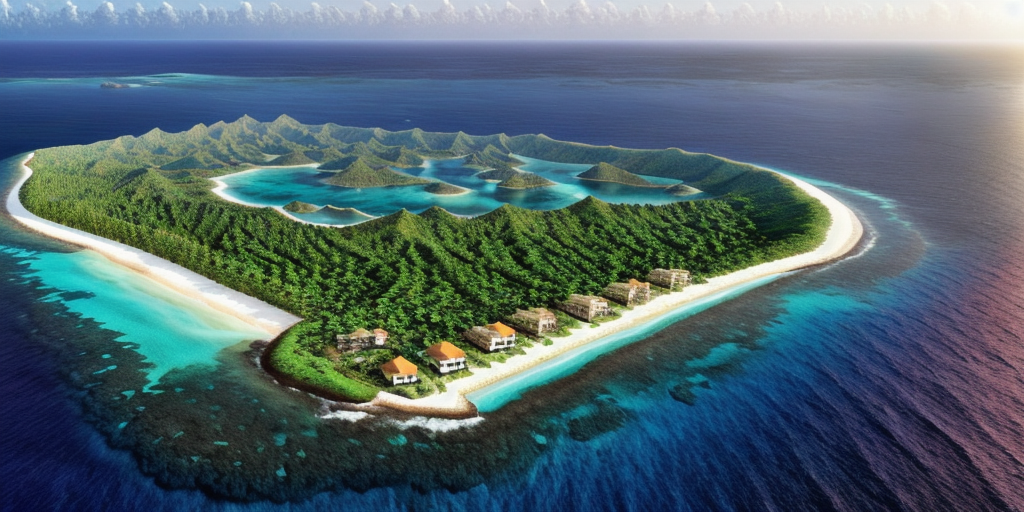
Lakshadweep administration plans to acquire Bitra island, residents oppose move
How did your country report this? Share your view in the comments.
Diverging Reports Breakdown
Lakshadweep administration plans to acquire Bitra island, residents oppose move
Lakshadweep administration plans to acquire Bitra Island of the Union Territory for transfer to relevant defence and strategic agencies of the Government of India. Bitra is an island covering around 91,700 sq m (0.091 sq km) and has a population of around 350. Residents have pointed out that the move could impact the fishing population across the Lakshadweeping atolls, as Bitra has a 45 sq km lagoon area that is primarily used by fishermen from Bitra and other islands. A schoolteacher from the island alleged that some radars and cottages have come up in Bitra already. A notification issued on July 4 said that the clearance accorded to projects under this notification will be valid for 10 years.
“The initiative is necessitated by the strategic location of the island, its national security relevance, and the inherent logistical and administrative challenges associated with civilian habitation,” a notification issued by Lakshadweep’s department of revenue on July 11 said.
Bitra is an island covering around 91,700 sq m (0.091 sq km) and has a population of around 350. Residents have pointed out that the move could impact the fishing population across the Lakshadweep atolls, as Bitra Island has a 45 sq km lagoon area that is primarily used by fishermen from Bitra and other islands.
The residents said they will move to court if needed. “If there is any move to displace people, we will fight it legally. There are around 350 persons here, including children, all dependent on fishing and coconut plantations. There is a school and a health centre in Bitra too. Fishermen from other islands also come here because of the abundance of lagoon fish, tuna, and groupers,” a resident of Bitra said.
Lagoon off Kavaratti
A schoolteacher from the island alleged that some radars and cottages have come up in Bitra already.
“We are scheduled tribe people and 99% of the inhabitants depend on fishing for their livelihood. We have already given 8,800 sq m land for defence and the construction is almost completed. Besides this there is a good percent of government land available here,” another resident of Bitra said.
Under the Right to Fair Compensation and Transparency in Land Acquisition, Rehabilitation and Resettlement Act, 2013, a Social Impact Assessment (SIA) was conducted.
HT tried reaching out to Lakshadweep collector Shivam Chandra, who issued the notification, but he was not reachable.
Also Read: Lakshadweep reefs resilient to climate heating, says two-decade study
Lakshadweep is a group of 36 islands, of which 10 are inhabited.
HT reported last week that the union environment ministry has issued a notification to extend the validity of infrastructure projects cleared under the Islands Protection Zone (IPZ) Notification, 2011, which applies to areas in the Andaman and Nicobar Islands as well as Lakshadweep, while also making way for splitting or transfer of IPZ clearances among entities.
The notification issued on July 4 said that the clearance accorded to projects under this notification will be valid for 10 years. The period may be extended by a maximum of one year if an application is made during the validity of the clearance, along with the recommendation of the coastal zone management authority concerned. The notification added that the objective of the amendment is to make the validity of environmental clearances in IPZ 2011 uniform with the provisions of the environment impact assessment notification, 2006, which is implemented across the country.
Also Read: The quaint island and a fierce battle for survival
HT also ran a series of five stories last year that highlighted how tourism and strategic projects threaten to impact the islands and islanders.
Off the southwestern coast of India, the Lakshadweep archipelago faces an unprecedented crossroads. Home to India’s only coral atolls—which makes it a vital ecological hotspot—it strikes a precarious balance between development and ecology, even as its Indigenous population faces threats to its way of life.
